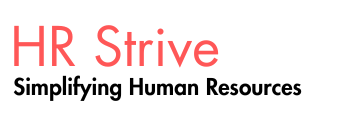Establishing clear metrics and consistently monitoring outcomes is essential to any effective DE&I strategy. These tools offer critical insights for making informed adjustments and highlight whether specific aspects of the initiative are thriving or underperforming. Additionally, they add credibility by evidencing how DE&I efforts contribute to the organization's strategic edge.
According to Gardenswartz and Rowe, measurement should focus on two core areas:
-
Process metrics evaluate “what we did, what succeeded, what failed, and the reasons behind it.” For instance, the number of participants in a mentoring program and their feedback offer valuable insight.
-
Outcome metrics focus on tangible impacts, such as a reduction in staff turnover and the financial savings associated with that change.
Comparative evaluations should be performed periodically, based on the initial assessment indicators. However, as the DE&I program matures and new activities are introduced, additional metrics must be adopted to capture emerging outcomes—ideally guided by earlier data findings.
Furthermore, when designing metrics, organizations must address local and global variations. Mary Martinez and Michal Fineman, in “Measure Global Diversity by Thinking Locally,” outline three key principles:
-
Avoid insisting on identical metrics across all countries.
-
Involve local teams in identifying what distinctions truly influence outcomes.
-
Implement a diverse array of indicators—beyond just demographic figures—to track real progress toward inclusive environments and equitable talent engagement.
Frequently Used DE&I Metrics
| Metric | Description | Purpose |
|---|---|---|
| Gender diversity | Reviews workforce composition by gender categories. | Identifies if recruitment and selection methods are fair across genders. |
| Race diversity | Assesses the racial makeup of employees. | Helps evaluate if hiring practices support racial equity. |
| SHRM Empathy Index | Measures inclusiveness using five components (Belonging, Inclusion, Openness, Conflict Management, Non-Discrimination), each rated 0–100. | A quick tool to gauge empathy and inclusion, critical for sustained DE&I efforts. |
| Retention of diverse employees | Tracks average tenure and turnover rates for diverse employee groups. | Assesses whether DE&I, pay structures, and engagement efforts are achieving retention goals. |
| Diversity among external stakeholders | Looks at representation and perspectives among those shaping organizational direction. | Informs more relevant DE&I strategies and ensures broader understanding of diverse needs across the organization and client base. |

No comments:
Post a Comment